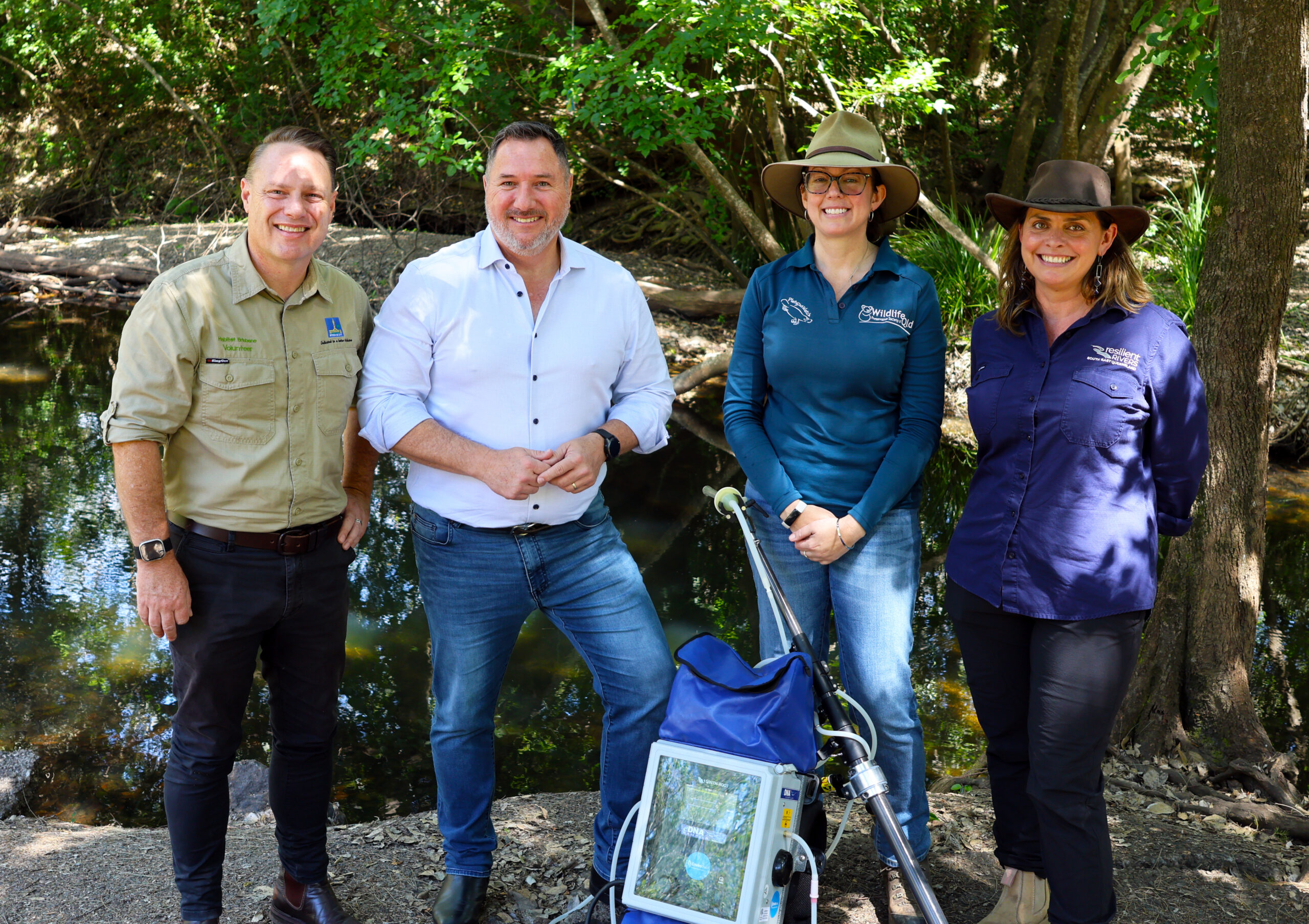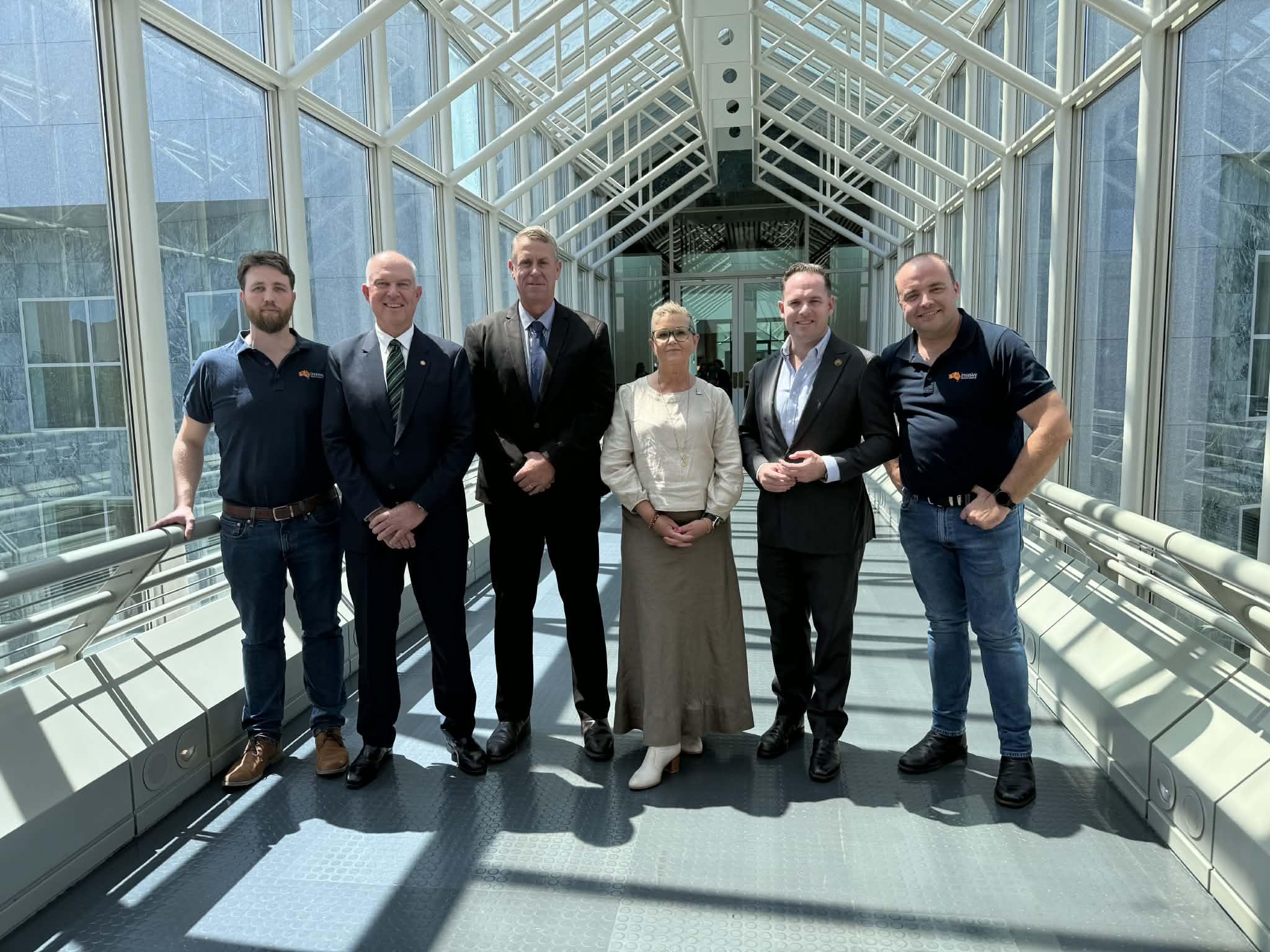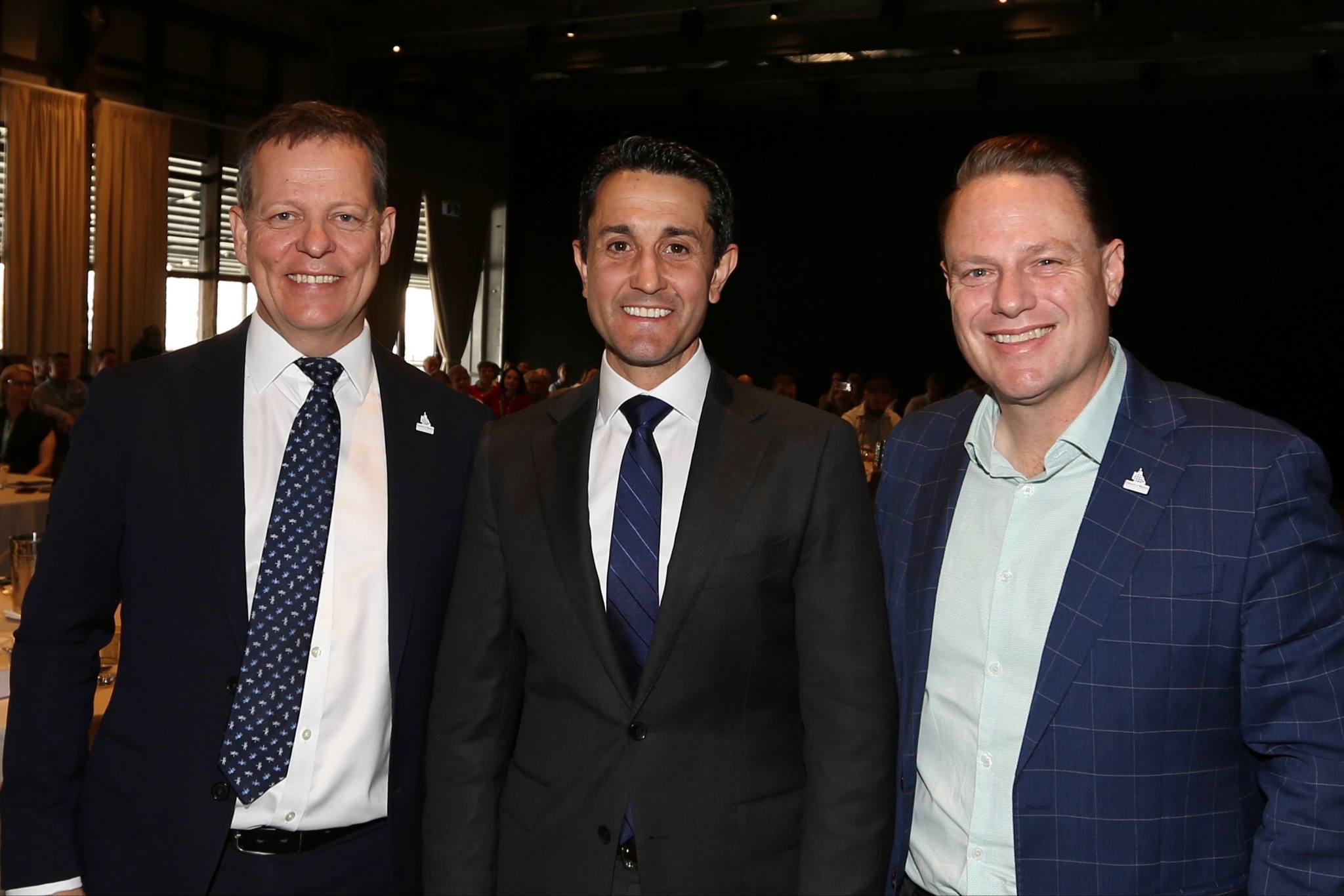A million-dollar eDNA monitoring program for native aquatic species including platypus will launch across more than 200 locations in South East Queensland in a landmark milestone for the region’s conservation.
The $1.2 million program will officially kick off at sites in Brisbane, Logan, Ipswich and Moreton Bay using innovative environmental DNA (eDNA) monitoring to uncover data on the region’s native species including platypus, rakali, freshwater turtles, lungfish, frogs, and endangered Mary River cod.
It is the first regionally coordinated eDNA monitoring program across 11 South East Queensland councils. It also marks the first time cutting-edge eDNA testing will be conducted in Noosa and the Sunshine Coast to create a comprehensive biodiversity snapshot across the south-east.
Led by Resilient Rivers SEQ, and delivered by Wildlife Queensland, data collected will help to support future conservation efforts including vital habitat restoration and waterway management.
Resilient Rivers SEQ is one of 29 commitments being delivered under the SEQ City Deal, a partnership between the Australian Government, Queensland Government and Council of Mayors (SEQ). The SEQ City Deal aims to improve the accessibility, prosperity and liveability of the region, which is home to more than four million residents.
The SEQ City Deal will invest $40 million into Resilient Rivers SEQ with $10 million each from the Australian Government, Queensland Government, Council of Mayors (SEQ) and Seqwater.
The program will include community workshops, citizen science activities, and an interactive online map helping connect residents with their local environment. This will build on a decade of community-led monitoring through Wildlife Queensland including the PlatyCount campaign, which has already surveyed more than 300 sites.
Resilient Rivers SEQ, managed by the Council of Mayors (SEQ), delivers coordinated catchment management to improve the health and resilience of the region’s waterways, including the internationally significant Moreton Bay.
Monitoring will begin this month as part of Resilient Rivers SEQ’s new two-year program to restore habitat, enhance biodiversity, and improve water security across 16,000 kilometres of rivers and streams, from Noosa in the north, to the Logan and Albert Rivers in the south, and west to the Great Dividing Range.
Quotes Attributable to Lord Mayor Adrian Schrinner, Chair Council of Mayors (SEQ):
“Brisbane’s incredible native plants and wildlife are a big part of what makes our city Australia’s lifestyle capital.
“This is South East Queensland’s first coordinated eDNA monitoring program and an important step in safeguarding native species, including the iconic platypus.
“The more we learn about these unique animals, the better equipped we are to protect them.
“By investing in conservation today, we’re making sure the platypus remains a cherished part of Brisbane’s backyard for decades to come.”
Quotes Attributable to Minister for the Environment and Tourism and Minister for Science and Innovation, Andrew Powell:
“This is a perfect example of using cutting-edge science to protect Queensland’s incredible environment.
“The Crisafulli Government is proud to support this initiative as it will preserve the natural wonders locals love, and visitors travel to experience.
“Healthy rivers create healthy ecosystems and this will help ensure the region’s wildlife and waterways continue to flourish.”
Quotes Attributable to Wildlife Queensland Platypus Officer, Dr Tamielle Brunt:
“eDNA is revolutionising how we monitor aquatic life. By analysing water samples for traces of DNA, we can detect hundreds of species and gain a comprehensive picture of life beneath the surface.”
For more information, visit Resilient Rivers SEQ
To find out more and get involved: Wildlife Queensland.
ENDS
Media contact: Council of Mayors (SEQ)


